by Thomas Kurz
High kicks were introduced to karate between 1936 and 1945 by Funakoshi Yoshitaka, son of the founder of Shotokan karate, Funakoshi Gichin (Draeger 1974). The original karate of Funakoshi Gichin, based on Okinawan te, was oriented toward self-defense. Its stances were wide, its kicks short, powerful, and low — to avoid counterattacks and to set up throwing techniques, i.e., taking down or slamming an opponent into the ground.
The original karate of Funakoshi Gichin vs. modernized karate of Funakoshi Yoshitaka
Funakoshi Gichin’s stances as he performs kata and demonstrates techniques
An example of the end result of Funakoshi Yoshitaka’s technical changes: World Shotokan Cup Sunderland 1990
Yoshitaka diminished self-defense utility of karate — he taught “more upright and fluid postures” (Draeger 1974), overly low stances in formal exercises such as kata, reduced teaching of throws, but instead taught full-leg-extension kicks at high targets, which in self-defense are likely to open the user to a crippling injury. So why did he make those changes? Because high kicks, and the whole fighting style based on the high kicks, appealed to young people and so drew them to Yoshitaka’s Shotokan karate. I think that high kicks’ appeal has to do with similarity of kicker’s body configuration to the frontal presentation posture (see my article High Kicks and Splits, Monkey Mind, and Advertising). I don’t know whether Funakoshi Yoshitaka was aware of that similarity, but I was when I designed my ads. So that’s why I posed for my ads the way I did. Yes, you want “hula-hoops” (i.e., high kicks and splits), I got “hula-hoops” — and mine really work.
Tom Kurz throws a high roundhouse kick (mawashi-geri-jodan) with no warm-up
By the way, good information on where Funakoshi Yoshitaka took the high kicks from is in the below video.
How Karate Stole Its High Kicks (From Savate)
Savate (la savate) was not the only source of high kicks in Japanese karate, there were others, in later times, and I might write about them in the future. In the meantime, see info specifically on the addition of roundhouse kicks to karate in Where from Are the High Roundhouse Kicks in Karate.
Reference
Draeger, D. F. 1974. Modern Bujutsu & Budo, New York: John Weatherhill, Inc.

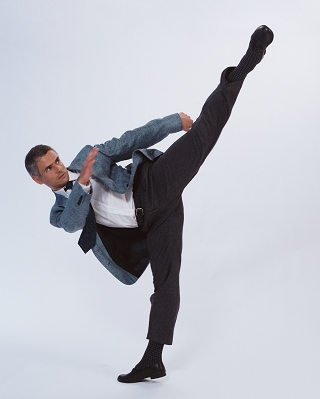
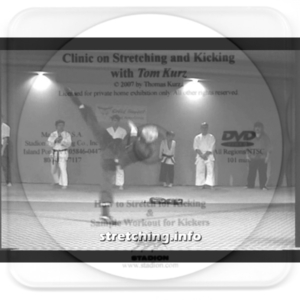
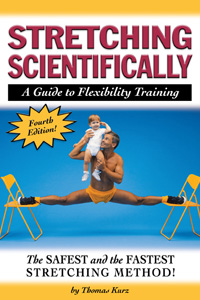
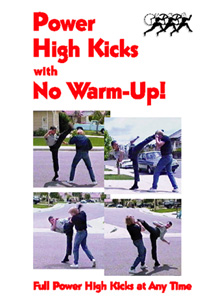
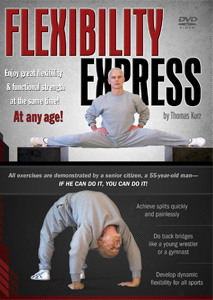
Dear Mr. Kurz…
Thank you for your years of investment in our well-being. Your extensive information on training has been an invaluable boon to me over the years.
I have one thought that might be relevant to this particular article. In your first paragraph you relate Okinawan stances of the Senior Funakoshi as wide and low. Later you refer to the junior Funakoshi and his influence on stances resulting in higher stances.
I believe that the opposite is true, although the higher, full leg extension IS attributable to the junior Funakoshi.
If my comment is incorrect, please forgive me. I only mean to help according to my understanding.
Thank you again.
Malcolm Stanislaus
Thank you for your correction. Indeed, stances in original Okinawan forms (kata) are often wide, but not very low. Stances in modern Shotokan forms are low, some excessively. Outside the forms, in free fighting (jiyu kumite), Yoshitaka’s introduction of high kicks eventually led to use of high stances. I edited two sentences containing info on stances in the above post, so they do not contain my error anymore.
Actually the stances in Okinawan Karate where higher,Funakoshi Yoshitaka, Waka Sensei actually introduced the wider lower stances
The shift from low, powerful kicks to high kicks certainly changed the art’s focus from self-defense to a more visually appealing style. It’s crucial to remember that while high kicks can be impressive, maintaining practical, low kicks and solid stances is essential for effective self-defense.
Great insights into the evolution of karate kicks! It’s fascinating to see how Funakoshi Yoshitaka’s changes shifted the focus from traditional self-defense to a more dynamic and appealing style for modern practitioners.